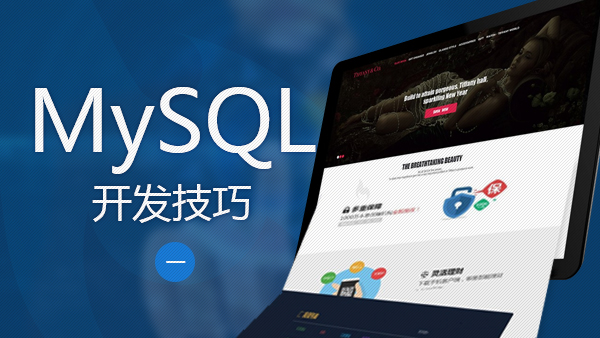Summary: in this tutorial, you will learn about MySQL triggers implementation. In addition, we will show you how MySQL stores trigger definitions and the limitations of triggers in MySQL.
Introduction to MySQL triggers
In MySQL, a trigger is a set of SQL statements that is invoked automatically when a change is made to the data on the associated table. A trigger can be defined to be invoked either before or after the data is changed by INSERT, UPDATE or DELETE statements. MySQL allows you to define maximum six triggers for each table.
BEFORE INSERT– activated before data is inserted into the table.AFTER INSERT- activated after data is inserted into the table.BEFORE UPDATE– activated before data in the table is updated.AFTER UPDATE- activated after data in the table is updated.BEFORE DELETE– activated before data is removed from the table.AFTER DELETE– activated after data is removed from the table.
When you use a statement that makes change to the table but does not use INSERT, DELETE or UPDATE statement, the trigger is not invoked. For example, the TRUNCATE statement removes the whole data of a table but does not invoke the trigger associated with that table.
There are some statements that use the INSERT statement behind the scenes such as REPLACE statement and LOAD DATA statement. If you use these statements, the corresponding triggers associated with the tables if available will be invoked.
Triggers defined for a table must have a unique name. You can have the same trigger name that defines for different tables but it is not recommended. In practice, the names of triggers follow the following naming convention:
(BEFORE | AFTER)_tableName_(INSERT| UPDATE | DELETE)
MySQL Triggers Storage
MySQL stores triggers in a data directory e.g., /data/classicmodels/ with the files named tablename.TRG and triggername.TRN:
The
tablename.TRGfile maps the trigger to the corresponding table.the
triggername.TRNfile contains the trigger definition.
You can back up the MySQL triggers by copying the trigger files to the backup folder. You can also backup the triggers using the mysqldump tool.
MySQL Trigger Limitations
MySQL triggers have all features in standard SQL however there are some limitations that you should know before using them in your applications.
MySQL triggers cannot:
Use
SHOW,LOAD DATA,LOAD TABLE,BACKUP DATABASE,RESTORE,FLUSHandRETURNstatements.Use statements that commit or rollback implicitly or explicitly such as
COMMIT,ROLLBACK,START TRANSACTION,LOCK/UNLOCK TABLES,ALTER,CREATE,DROP,RENAME, etc.Use prepared statements such as
PREPARE,EXECUTE, etc.Use dynamic SQL statements.
Call a stored procedure or stored function.
In this tutorial, we have shown you how triggers are implemented in MySQL. We also discussed about trigger’s storage as well as trigger’s limitations in MySQL.
Related Tutorials
原文链接:http://outofmemory.cn/mysql/trigger/mysql-trigger-implementation

 随时随地看视频
随时随地看视频




